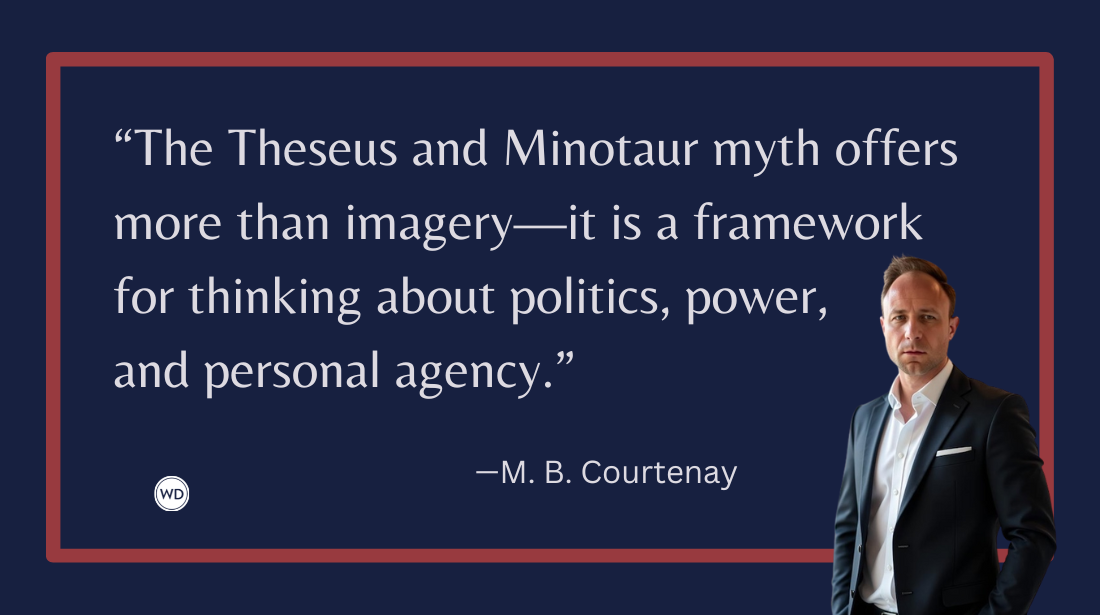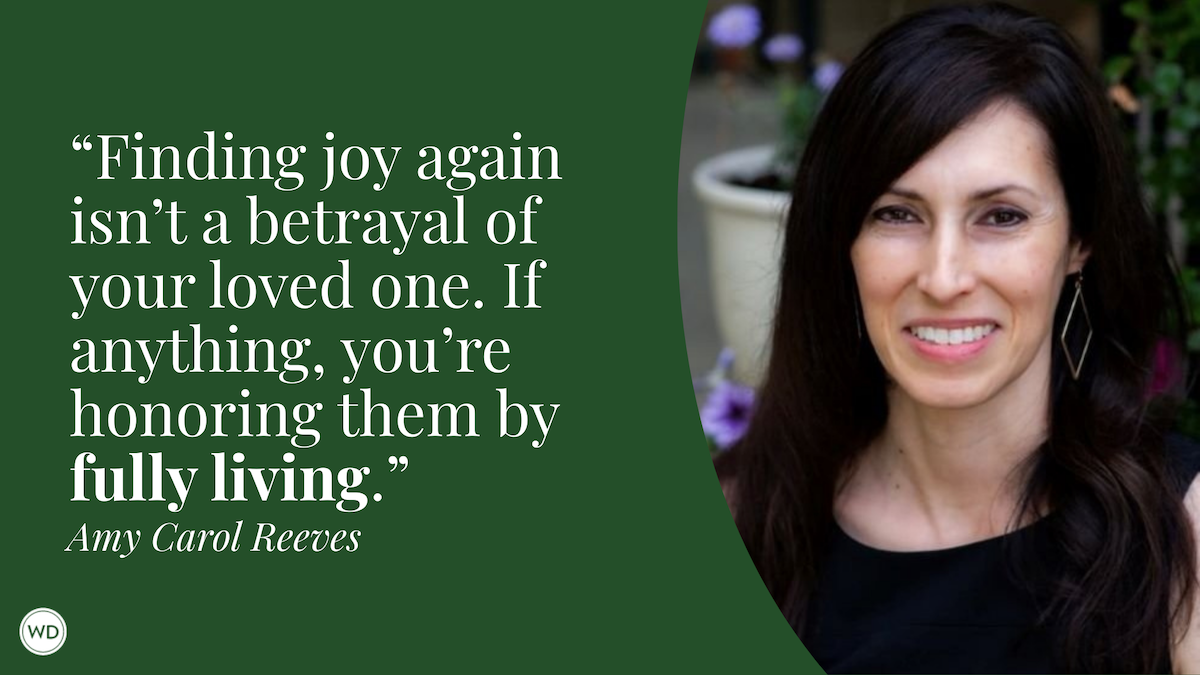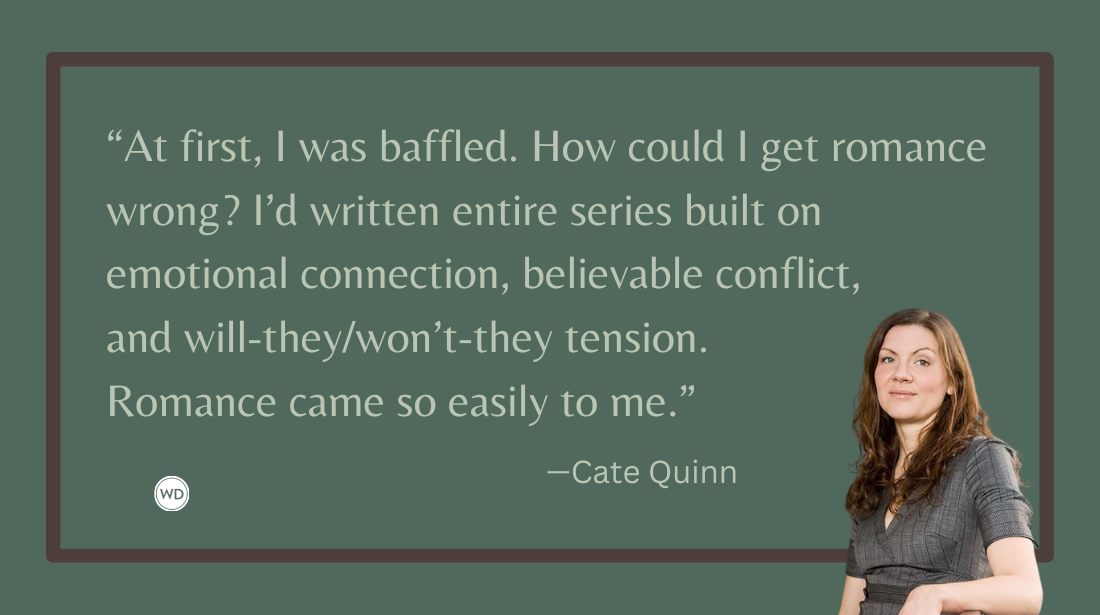The Retelling of True Historical Events in Fiction
Award-winning author Imogen Matthews shares her process of finding a real historical event and breathing life into it via historical fiction.
The kind of stories that interest me most are about forgotten and hidden places and ordinary people who don’t feature in the history books. As a result, all my historical novels are based on a true event, place, or people who were driven to take action against the Germans who occupied the Netherlands for the entirety of the Second World War.
The inspiration for Only I Can Save Them came from a newspaper article that made me want to discover more behind the known facts. The article was about the extraordinary cache of photographs and film footage taken during the Second World War inside a place called Westerbork in the Netherlands. Because of the research I’d already done on wartime Holland, I knew that Westerbork was a German transit camp, where the majority of the country’s Jewish population were transported by train, before being sent onwards in cattle wagons to Auschwitz and Belsen-Bergen concentration camps to their deaths.
This was no ordinary exhibition of wartime photographs. Never before has such a comprehensive visual account been created of life inside a German-run camp. This was the work of the German Jewish photographer Rudolf Breslauer who was the official Westerbork photographer.
However, it was a job that came at huge personal cost. The Germans forced Breslauer to give up his successful photography business in Amsterdam and move with his wife and children to Westerbork to work for them. They didn’t pay him, but promised him certain privileges, which didn’t materialize once the gates of the camp clanged shut on Breslauer and his small family.
Who was Rudolf Breslauer?
Breslauer was born in Leipzig and fled to the Netherlands with his wife and children after the Nazis staged a nationwide riot against the Jews on what became known as Kristallnacht, the night of broken glass. Synagogues were burned and thousands of Jewish businesses were vandalized, while many Jewish people were killed.
Breslauer believed that life would be better in Amsterdam, but how wrong it proved to be. After the occupation of Holland, the Germans turned against the Jewish population, implementing rules and regulations to make their lives impossible. It was all part of a bigger plan to drive the Jews out of the country. But the Dutch people were ignorant of the bigger plans the Germans were concocting—the systematic rounding up of Jews from their homes and businesses who were herded onto cattle trucks bound for Westerbork and the concentration camps.
Westerbork’s camp photographer took risks to convey the truth
Rudolf Breslauer was initially employed to take photographs of the thousands of new arrivals at the camp. But the kommandant saw an opportunity to present Westerbork as a model camp for propaganda purposes. So he ordered Breslauer to use his camera to record what he saw around the camp: pictures of children doing schoolwork, prisoners working in the Nazi-controlled workshops, prisoners playing football and even taking part in theatre productions specially put on for the entertainment of the kommandant and his entourage.
Increasingly, Breslauer was under pressure to produce the material his boss demanded when all around him he saw misery and suffering. And then he was given a ciné camera to take even more footage. He began to film in secret, away from the Nazis’ gaze. His footage of prisoners gathering on the platform to depart Westerbork on cattle trains for Auschwitz and Bergen-Belsen are an astonishing eye-witness account on what the Nazis were really up to.
Fiction helps to fill in the gaps
Reading about this extraordinary man and what he achieved was enough for me to think I could turn this into compelling fiction. But the article raised an interesting question over why Breslauer featured his wife, daughter Ursula, and son Stefan in his photographs. I wondered if he was under such pressure to deliver images of happy smiling prisoners that he used his family to model for him. It’s a shocking but not impossible scenario, but imagine what he must have been going through, knowing that if he failed in his task, he and his family would almost certainly have been deported to the death camps.
Did he believe that only he could save them?
I believed he did. But sadly, time was running out for Breslauer and the remaining Jews in the camp. Despite his desperate efforts to protect his family, they were all deported on one of the last transports out of Westerbork.
Breslauer’s daughter survived
Intriguingly, the curator of the exhibition managed to track down his daughter, Ursula, the sole survivor of the Breslauer family who were sent to Auschwitz. She settled in Israel after the war, where she married and had four children and 12 grandchildren.
The in-house photographer persuaded Ursula to make the journey to Westerbork, where he took a portrait of her beaming for the camera. He hung it at the entrance to the exhibition beside a portrait of her younger self as a child.
In interviews before her death in 2020, Ursula revealed that she helped her father develop pictures in the small darkroom above the reception center, which the commandant used for lavish parties attended by his officers and wives.
She was aware her father took photographs of the event. At first, she believed he was collaborating with the Germans, which made her ashamed of him because she didn’t know why he would agree to do it. It was only much later when she was grown up that she realized he did it to save his family from the weekly transports to the concentration camps.
Check out Imogen Matthews' Only I Can Save Them here:
(WD uses affiliate links)









